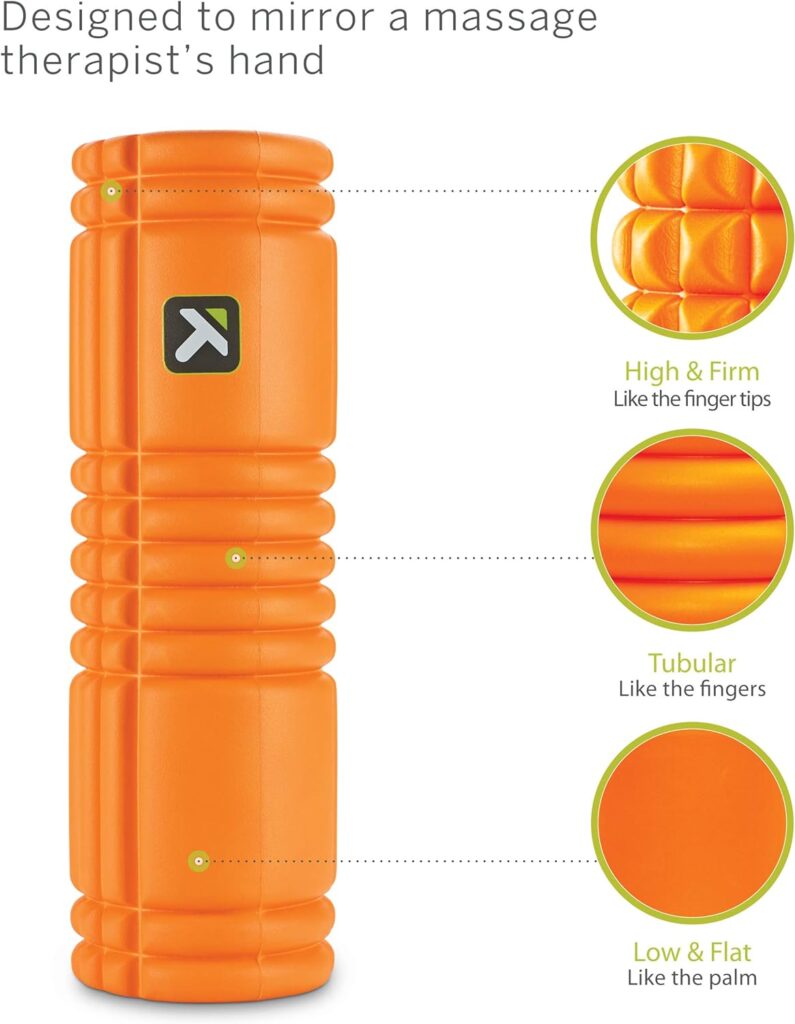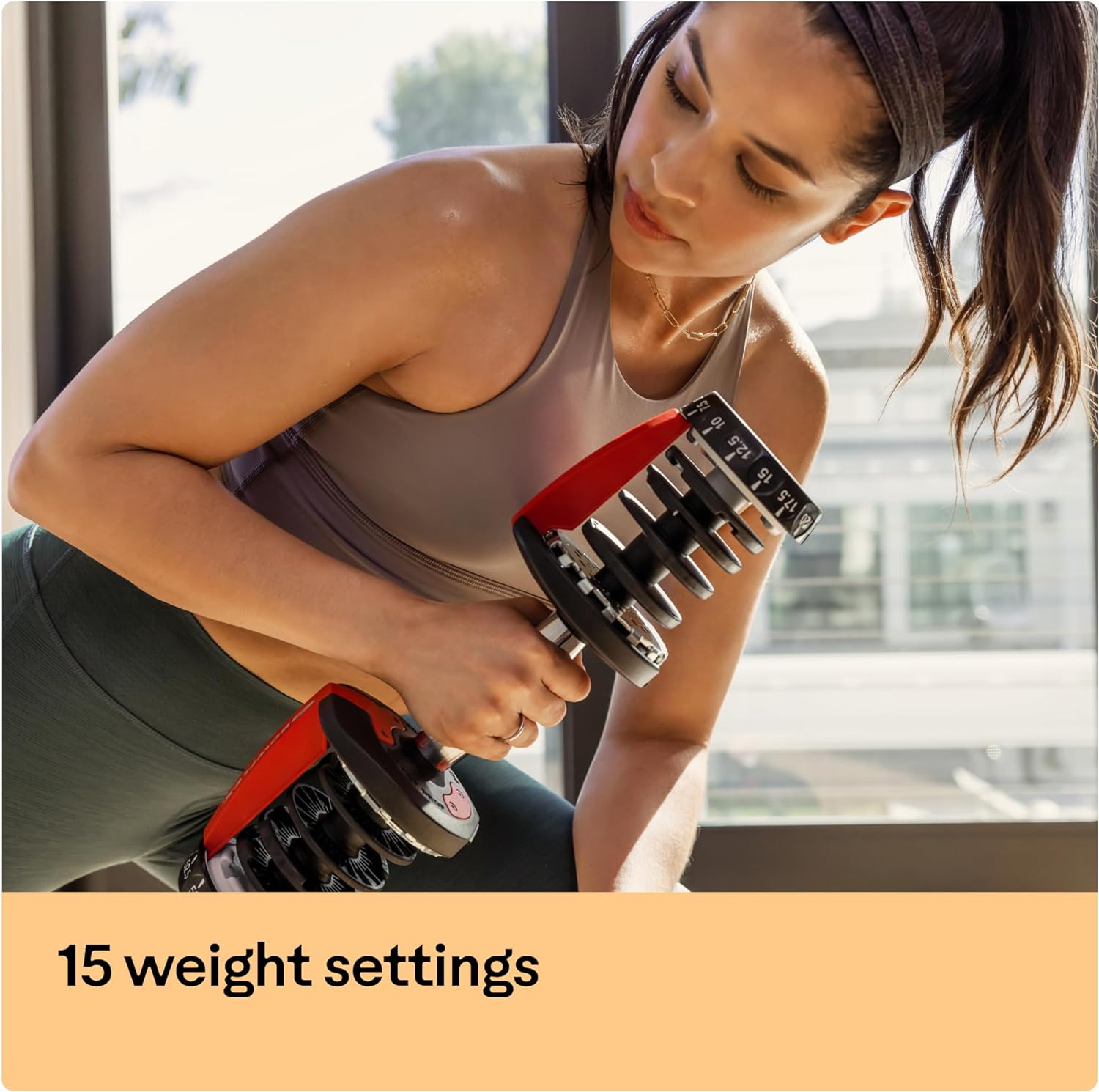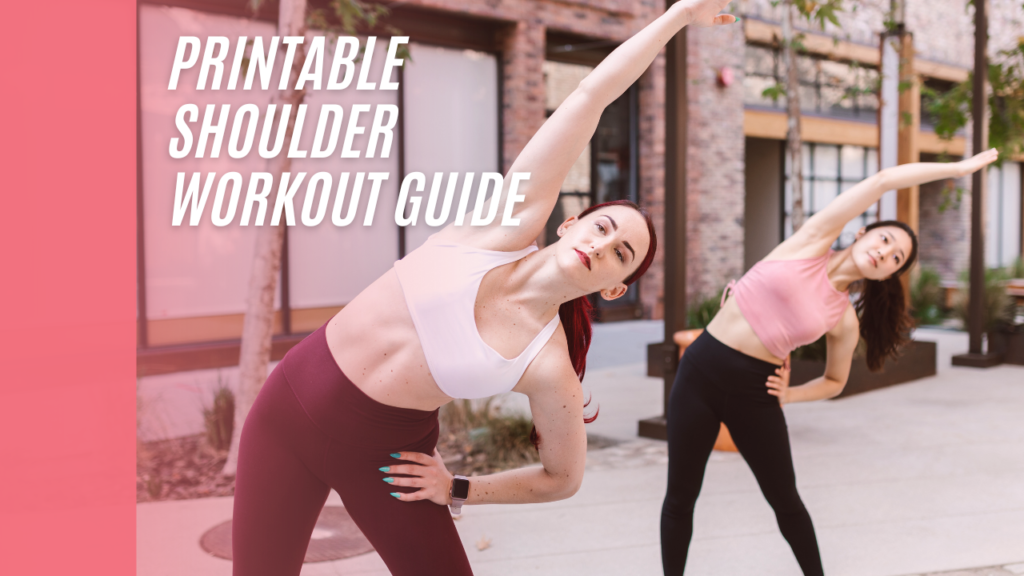Introduction
Shoulder health is vital for maintaining a full range of motion and preventing injuries. Whether you’re an athlete, a fitness enthusiast, or someone looking to improve your overall well-being, incorporating effective shoulder stretching routines into your daily regimen can significantly enhance your shoulder flexibility and strength. In this guide, we’ll explore the best shoulder stretching exercises to keep your shoulders healthy and flexible, along with recommended products to support your journey.
Importance of Shoulder Flexibility
Maintaining shoulder flexibility is crucial for several reasons:
- Prevents Injuries: Flexible shoulders are less prone to strains and injuries.
- Improves Posture: Proper shoulder flexibility helps maintain good posture, reducing the risk of back and neck pain.
- Enhances Performance: Whether in sports or daily activities, flexible shoulders improve overall performance and ease of movement.
- Aids Recovery: Flexibility routines can aid in recovery from shoulder injuries, promoting faster healing.
Effective Shoulder Stretching Routines
1. Cross-Body Shoulder Stretch
How to Perform: Stand or sit up straight. Extend one arm across your body at shoulder height. Use your opposite hand to gently pull your arm closer to your chest. Hold for 15-30 seconds, then switch sides. Benefits: This stretch helps release tension in the shoulder muscles and improves range of motion.
2. Overhead Triceps and Shoulder Stretch
Instructions and Tips: Raise one arm overhead, bend the elbow, and reach your hand down your back. Use your other hand to gently push your elbow further down. Hold for 15-30 seconds, then switch arms. Advantages: This stretch targets the triceps and shoulders, enhancing flexibility and reducing stiffness.
3. Doorway Stretch
Step-by-Step Guide: Stand in a doorway with your arms at a 90-degree angle against the door frame. Step forward with one foot, feeling a stretch in your chest and shoulders. Hold for 15-30 seconds, then switch sides. Benefits: This stretch opens up the chest and shoulders, improving flexibility and posture.
Incorporating Recommended Products
To enhance your shoulder stretching routines and support shoulder health, consider incorporating these products into your regimen:
Resistance Bands: Versatile Tools for Strength and Rehab
Benefits: Resistance bands provide gentle resistance, making them perfect for stretching and strengthening exercises. Recommended Product:
TheraBand Resistance Bands Set By Amazon

How to Use: Use resistance bands for dynamic shoulder stretches, such as band pull-aparts and shoulder dislocates.
Foam Rollers: Myofascial Release for Flexibility
Role: Foam rollers help release muscle tightness and improve flexibility. Recommended Product:
TriggerPoint GRID Foam Roller By Amazon

Effective Techniques: Roll your shoulders and upper back on the foam roller to release tension and improve range of motion.
Shoulder Braces: Extra Support for Stability
Importance: Shoulder braces provide stability and support during recovery and prevention of injuries. Recommended Product:
Shock Doctor Shoulder Support Brace By Amazon

When to Use: Wear shoulder braces during physical activities to prevent injuries and support healing.
Kinesiology Tape: Supporting Muscles and Joints
How It Helps: Kinesiology tape supports shoulder muscles and joints, aiding in injury prevention. Recommended Product:
KT Tape Pro Kinesiology Therapeutic Sports Tape By Amazon

Application Tips: Apply the tape to your shoulders to support muscle function and reduce pain.
Adjustable Dumbbells: Progressive Strength Training
Benefits: Adjustable dumbbells allow for customized workouts and progressive strength training. Recommended Product:
Bowflex SelectTech 552 Adjustable Dumbbells By Amazon

Key Exercises: Perform shoulder exercises like shoulder presses and lateral raises with adjustable dumbbells for strength and stability.
Stretching Routine Plan
To ensure you’re getting the most out of your shoulder stretching routines, follow this comprehensive plan designed to maximize flexibility, strength, and overall shoulder health.
Warm-Up
Start with 5-10 minutes of light cardio to increase blood flow.
- Why It’s Important: A proper warm-up increases blood flow to your muscles, preparing them for stretching and reducing the risk of injury. It also helps elevate your heart rate and increases overall body temperature.
- Activities: Choose a light cardio exercise such as brisk walking, jogging, cycling, or jumping jacks. Aim to get your heart rate up without causing fatigue.
Dynamic Stretches
Perform dynamic stretches using resistance bands to activate your shoulder muscles.
- Why It’s Important: Dynamic stretches involve active movements that mimic the activity you’re about to perform. They help increase muscle temperature, improve range of motion, and prepare your muscles for more intense activity.
- Examples:
- Band Pull-Aparts: Hold a resistance band with both hands at shoulder height. Pull the band apart by moving your arms out to the sides, keeping them straight. Return to the starting position and repeat.
- Shoulder Dislocates: Hold a resistance band or a broomstick with both hands, wider than shoulder-width apart. Keeping your arms straight, raise the band/stick over your head and behind you as far as comfortable, then return to the front.
Static Stretches
Follow with static stretches like the cross-body shoulder stretch and overhead triceps stretch.
- Why It’s Important: Static stretches help elongate the muscles and improve flexibility. Holding the stretches allows the muscles to relax and lengthen.
- Examples:
- Cross-Body Shoulder Stretch: Stand or sit up straight. Extend one arm across your body at shoulder height. Use your opposite hand to gently pull your arm closer to your chest. Hold for 15-30 seconds, then switch sides.
- Overhead Triceps and Shoulder Stretch: Raise one arm overhead, bend the elbow, and reach your hand down your back. Use your other hand to gently push your elbow further down. Hold for 15-30 seconds, then switch arms.
Foam Rolling
Use a foam roller to target tight areas in your shoulders and upper back.
- Why It’s Important: Foam rolling, also known as self-myofascial release, helps release muscle tightness and improve flexibility. It can reduce muscle soreness and increase blood flow to the muscles.
- How to Do It:
- Upper Back Roll: Lie on your back with a foam roller positioned under your upper back. Cross your arms over your chest and lift your hips off the ground. Slowly roll up and down your upper back, focusing on tight areas.
- Latissimus Dorsi Roll: Lie on your side with the foam roller under your armpit, perpendicular to your body. Extend your arm above your head and roll up and down the side of your torso, targeting the latissimus dorsi muscle.
Strengthening Exercises
Incorporate strength exercises with adjustable dumbbells to build shoulder stability.
- Why It’s Important: Strengthening exercises help build muscle stability and support around the shoulder joint, reducing the risk of injuries and improving overall shoulder function.
- Examples:
- Shoulder Press: Hold a pair of adjustable dumbbells at shoulder height with your palms facing forward. Press the dumbbells overhead until your arms are fully extended, then lower them back to shoulder height. Repeat for the desired number of repetitions.
- Lateral Raises: Hold a pair of dumbbells at your sides with your palms facing your body. Raise your arms out to the sides until they are at shoulder height, then lower them back down. Keep a slight bend in your elbows throughout the movement.
- Front Raises: Hold a pair of dumbbells in front of your thighs with your palms facing your body. Raise your arms straight in front of you to shoulder height, then lower them back down. Maintain a slight bend in your elbows.
Conclusion
Maintaining optimal shoulder health is crucial for overall well-being and performance. By incorporating these effective shoulder stretching routines and using the recommended products, you can significantly enhance your shoulder flexibility, prevent injuries, and improve your quality of life. Remember to listen to your body and progress gradually to avoid overstraining.
Call to Action
We encourage you to try these shoulder stretching routines and incorporate the products we’ve recommended into your daily regimen. Share your experiences and tips in the comments below. If you found this guide helpful, don’t forget to subscribe to our blog for more health and fitness tips!
Additional Resources
- 10 Best Shoulder Exercises for Building Muscle
- Roller Massage: A Descriptive Survey of Allied Health Professionals
- RESISTANCE TRAINING: HEALTH BENEFITS AND RECOMMENDATIONS
- Anatomy of Growth: How to Train Your Shoulder Muscles
- Preventing Shoulder Injuries: Tips and Techniques for Safe Training


